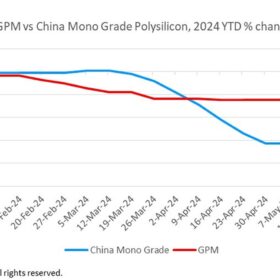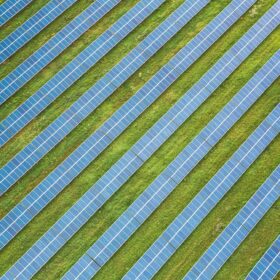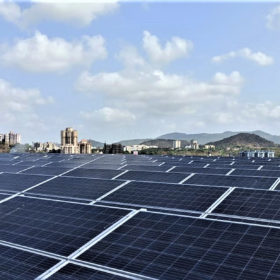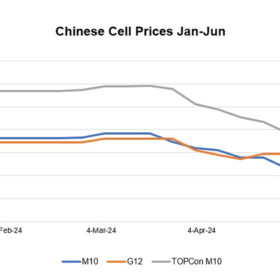Polysilicon prices stable, market concerns persist over worst-case scenario
In a new weekly update for pv magazine, OPIS, a Dow Jones company, provides a quick look at the main price trends in the global PV industry.
China’s battery price war catalyses global energy storage innovation
The plummeting costs of energy storage, driven by China’s relentless price war, are expected to catalyse more economic deployments worldwide. Lithium iron phosphate (LFP) batteries are surging in market share due to their lower costs and higher cycle life compared to nickel-based lithium-ion batteries.
Solar dimming and brightening, and PV power plant output performance
Reliable assessment of the local solar radiation resource is a major component of large-scale PV power plant project development and financing. This assessment is usually based on the assumption that the long-term average annual solar radiation from previous years is not significantly different from the expected future solar resource availability. In many areas of the globe, the solar radiation availability in 2023 was considerably higher (up to 10-12%) than the long-term average, and this might be overshadowing the fact that a large fraction of utility-scale PV power plants is undeperforming.
The interconnected impact of energy on real estate, industries and national development
Complete dependence on fossil fuel, which is a very volatile segment, can leave a country vulnerable to price fluctuations and geopolitical disputes. This is turn has a huge impact on the country’s economy as well. A prime example of which, can be seen with the current Ukraine- Russia crisis’s impact on the European countries rise in gas prices and subsequent economic turbulence.
India renewable growth story to continue to shine
Renewable capacity addition is expected to remain at around 15-17 GW annually, owing to significant reduction in the module prices over the past 12 months and availability of liquidity.
Financing the MSME sector to power India’s renewable energy goals
India has already seen several success stories where innovative financing has empowered MSMEs in the renewable energy sector. For instance, the Indian Renewable Energy Development Agency (IREDA) has launched schemes specifically designed for MSMEs. These schemes offer concessional loans and financial assistance, making it easier for MSMEs to undertake renewable energy projects.
$89 billion worth of investments likely to flow into the C&I RE sector in India by 2030
An additional 120 GW of C&I RE capacity is required to be set up by 2030 for India to attain its solar and wind target of 420 GW by 2030. This translates to US$89 billion worth of investments flowing into the sector between 2024 and 2030.
Green hydrogen hubs: Unfolding India’s potential
Hydrogen hubs, which are organised areas where production and utilisation facilities are closely linked, can make green hydrogen projects more viable. This cluster-based approach addresses the technical, logistical, and commercial challenges of long-distance hydrogen transport, enhances project viability, and allows for economies of scale and concentrated infrastructure.
Industry tie-ups and innovative financing mechanisms will drive MSMEs’ renewable energy adoption in India
Innovative financing mechanisms, such as credit guarantees and first-loss coverage, are essential to funding MSMEs’ adoption of renewable energy.
Solar cell prices hold steady in quiet market
In a new weekly update for pv magazine, OPIS, a Dow Jones company, provides a quick look at the main price trends in the global PV industry.















